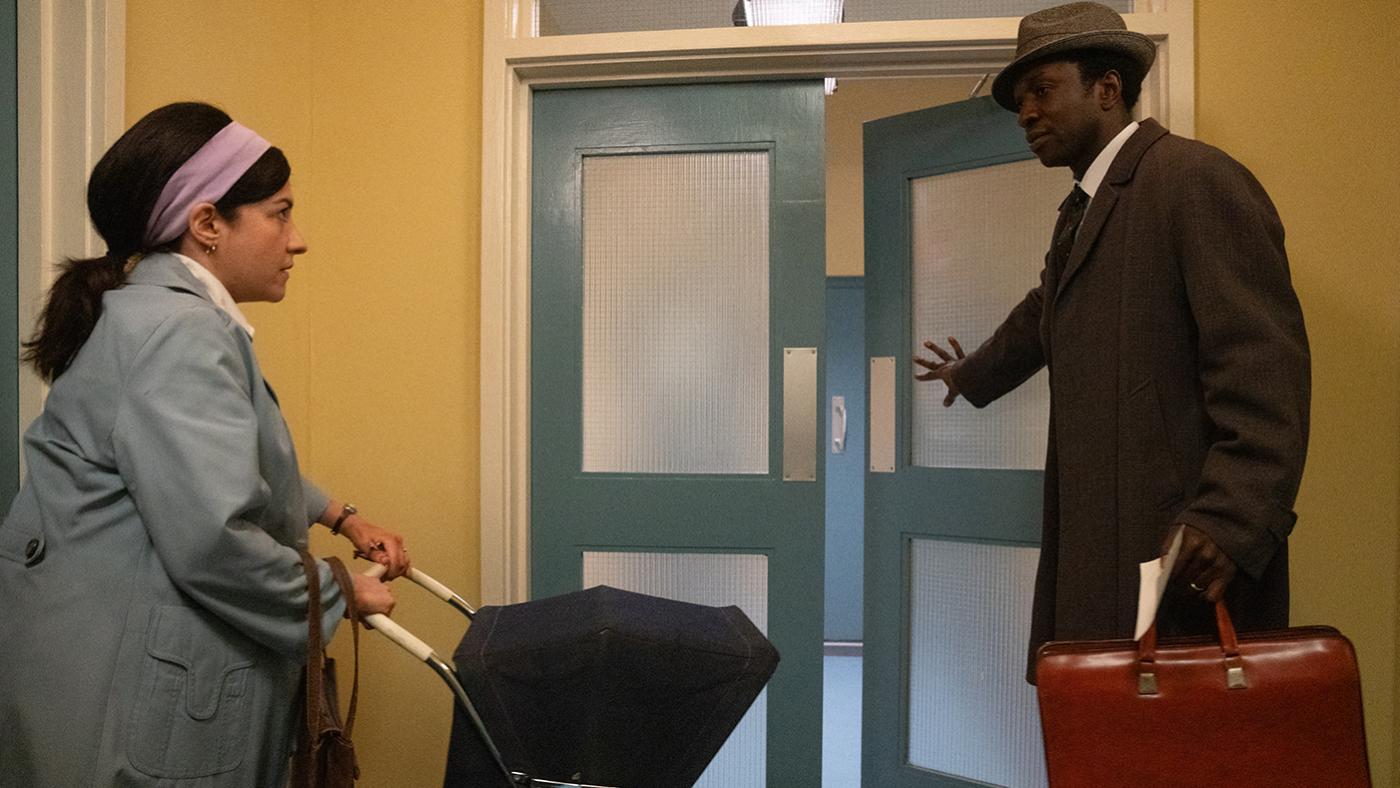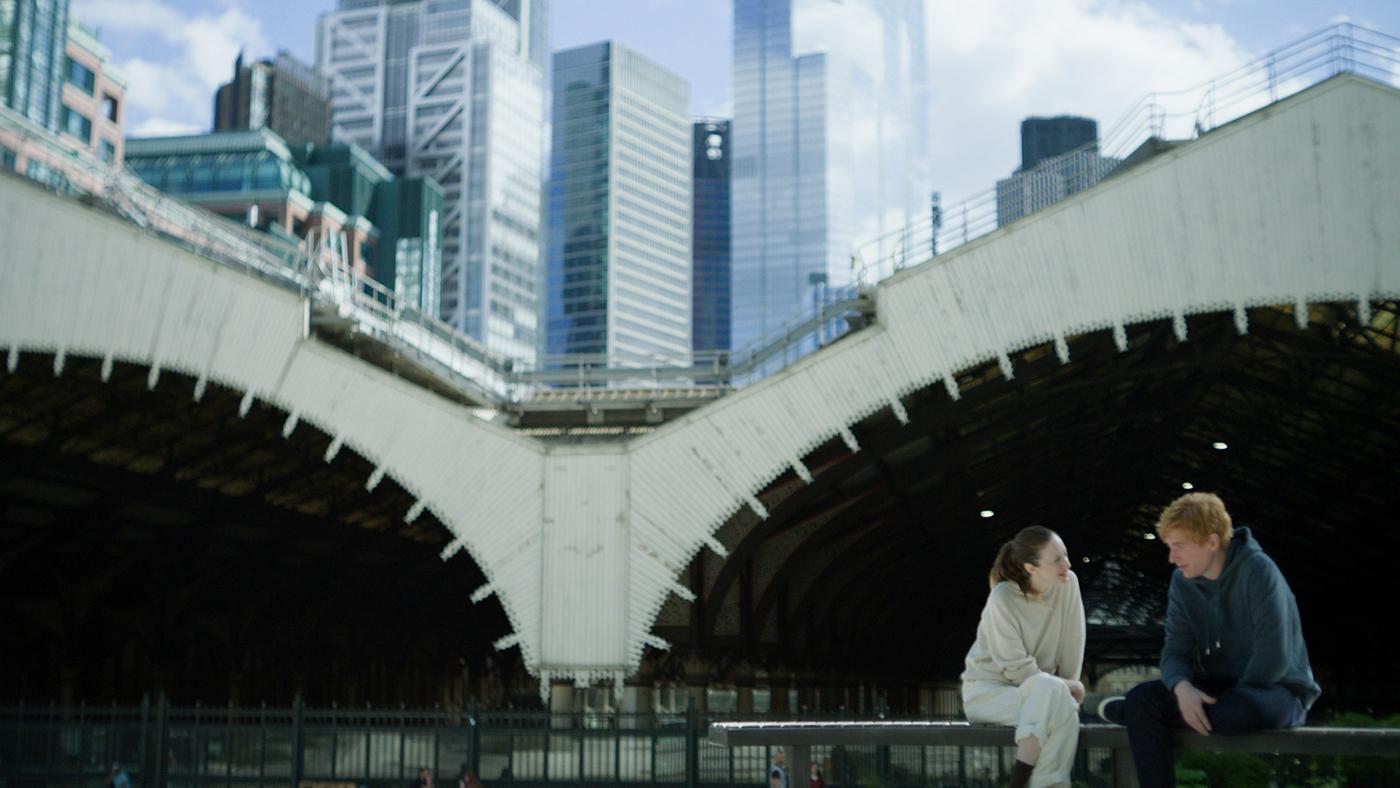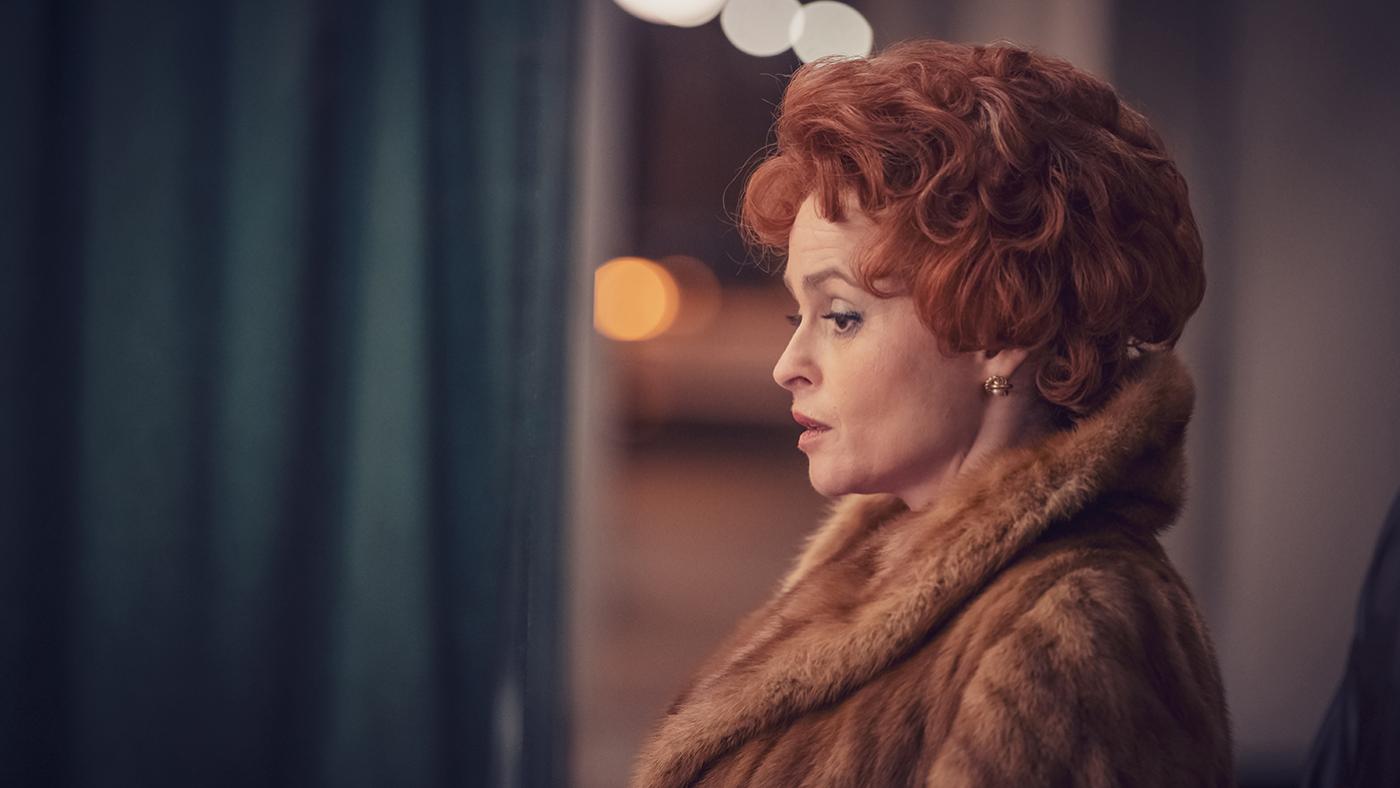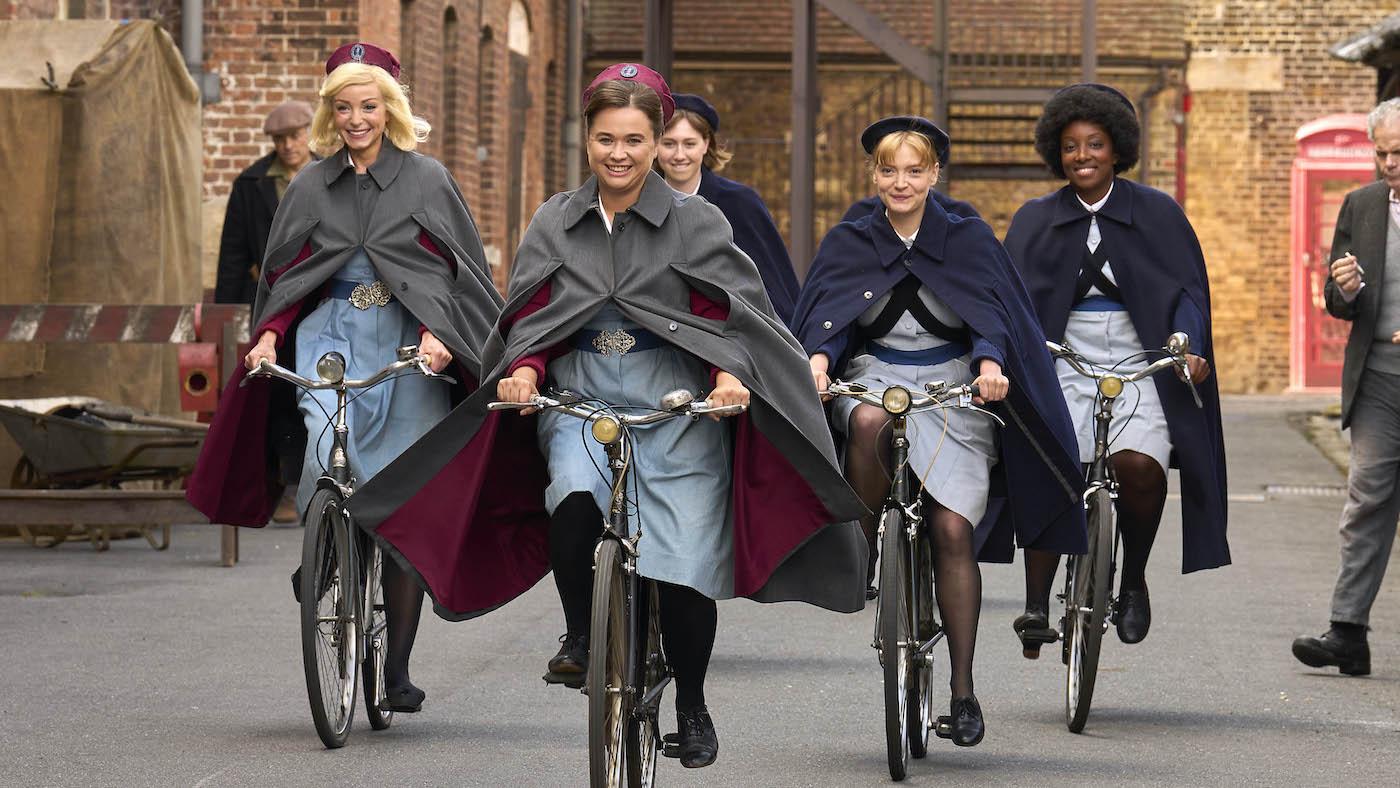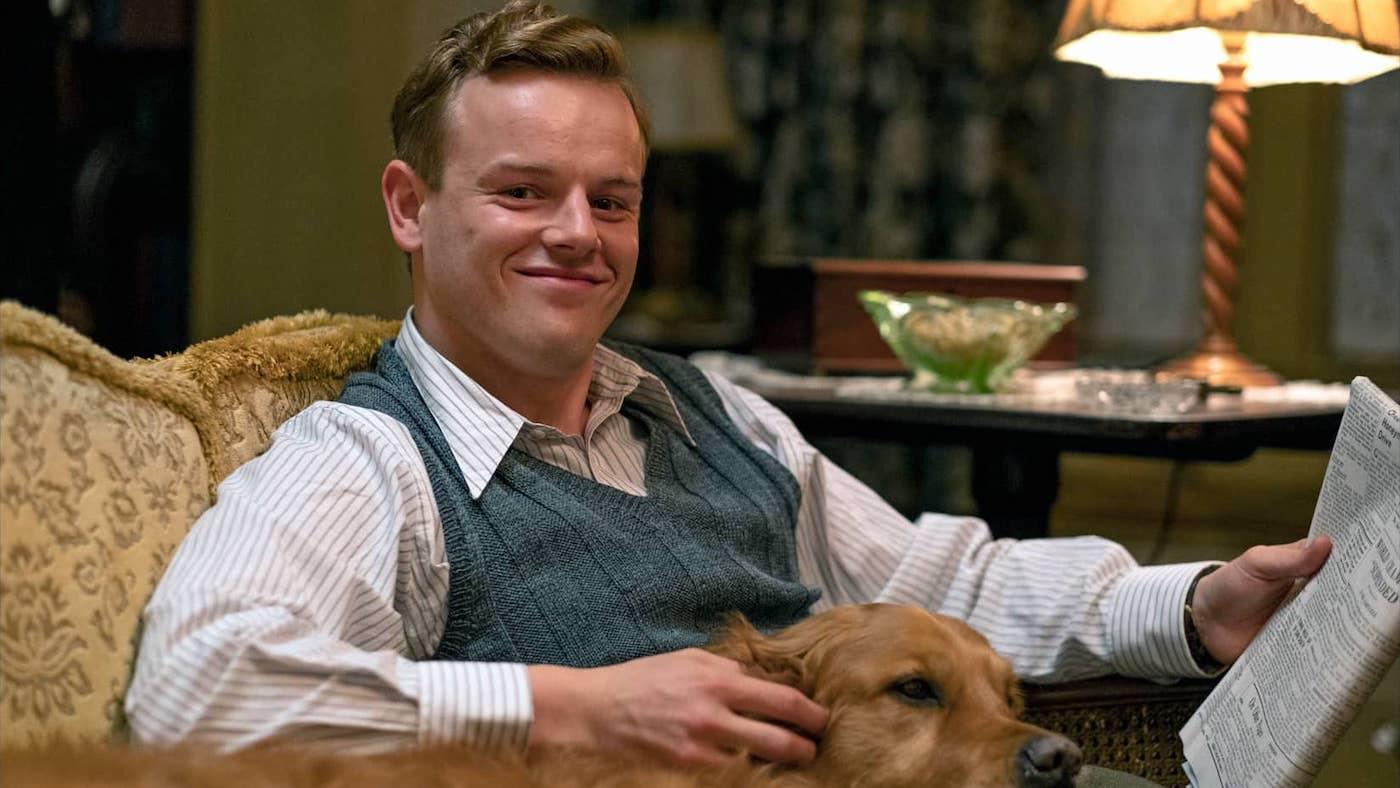The History Behind Season Three of 'Victoria'
Daniel Hautzinger
February 5, 2019
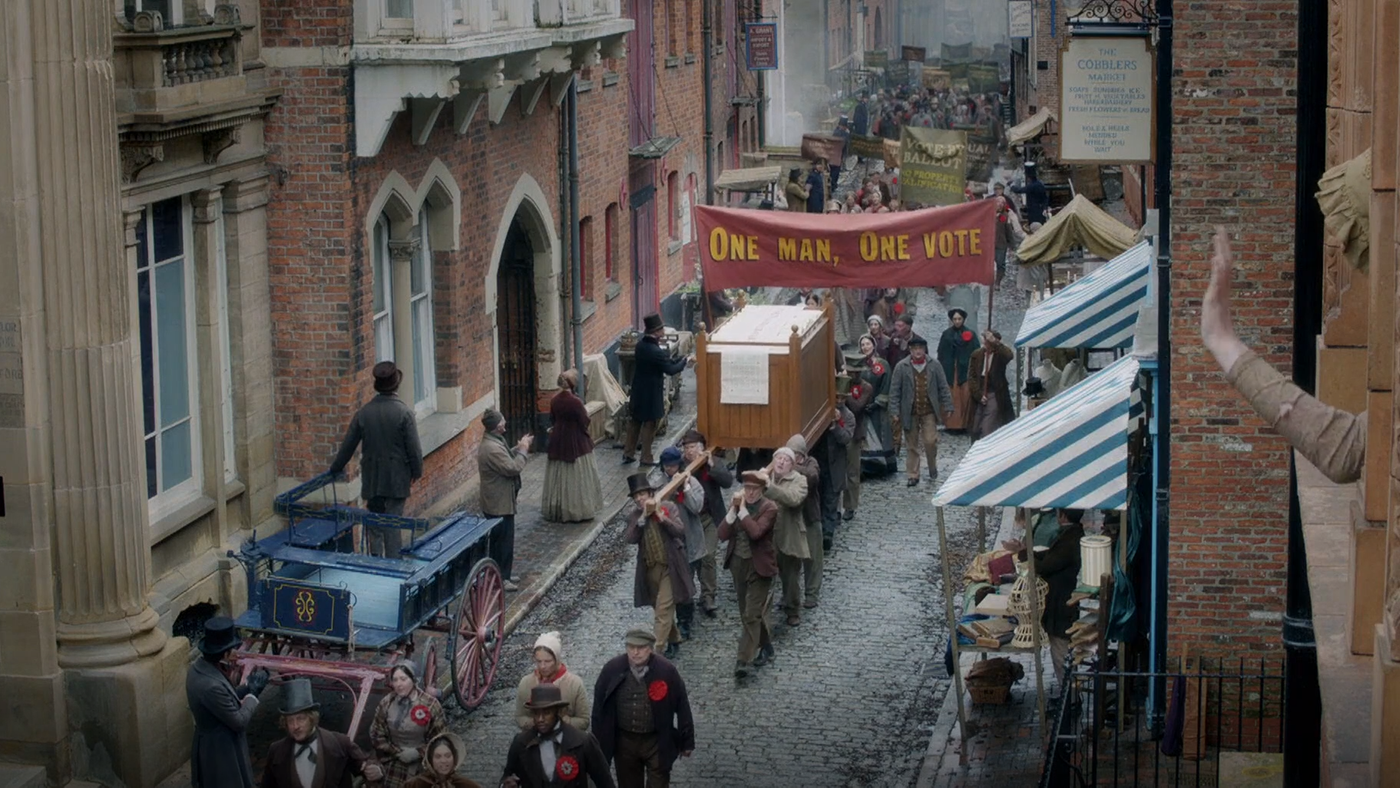
Victoria airs Sundays at 8:00 pm and is available to stream. Explore all of our Victoria content, including recaps, and discover more of the history in this season.
Victoria is based on Queen Victoria’s life and the history of England under her reign – but how accurate is it? For the most part, it cleaves closer to fact than you might suspect. Learn about some of the real-life figures, events, and places that appear in the first four episodes of season three.
Revolutions of 1848
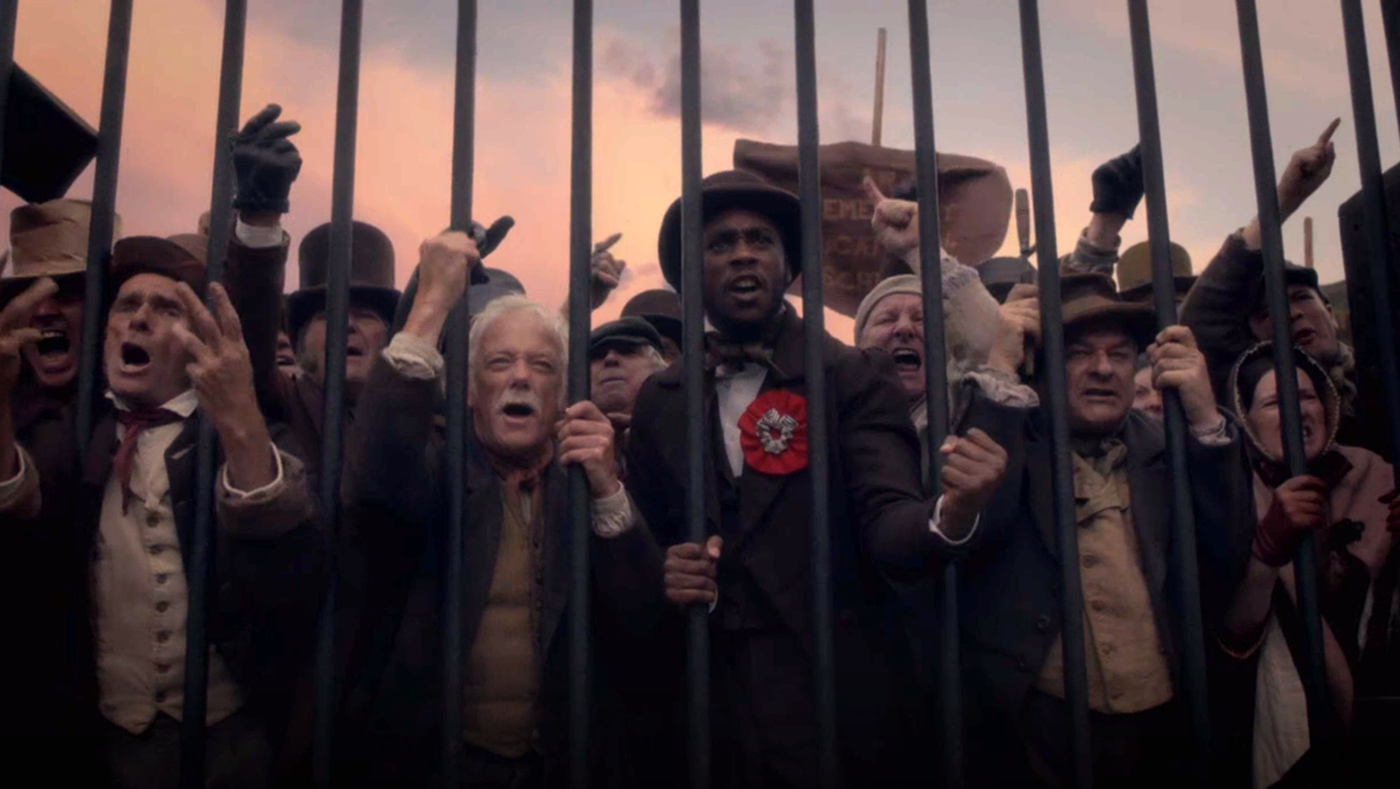 Chartists protesting Victoria's sanctuary of the deposed king Louis Philippe
Chartists protesting Victoria's sanctuary of the deposed king Louis Philippe
This season begins in an unstable Europe, as autocrats across the continent are toppled by revolutionaries demanding constitutions to enact such liberties as universal male suffrage. You can think of Europe in 1848 as similar to the Arab Spring: mass liberalizing protests against absolute rulers quickly swept an entire region, deposing many of those rulers and achieving some reforms. But many of the revolutions were reversed within a few years, in part because the military still supported the old government.
The 1848 revolutions did have some lasting effects. In France Louis Philippe abdicated (he did flee to England and live on an estate loaned to him by Victoria, dying after only two years there) and the Second Republic was established. It only lasted three years, before Napoleon III declared the Second Empire, but universal male suffrage survived the transition. Prussia and Sardinia retained constitutions even as revolutions were quashed. And some uprisings encouraged nationalism, especially in the Austrian Empire, as in Hungary and Italy (which would unify in the following decades), and Germany (also soon to achieve unification). In Great Britain, Europe’s only constitutional monarchy, the revolutions manifested simply as Chartist demonstrations and some agitation for an Irish republic.
Lord Palmerston
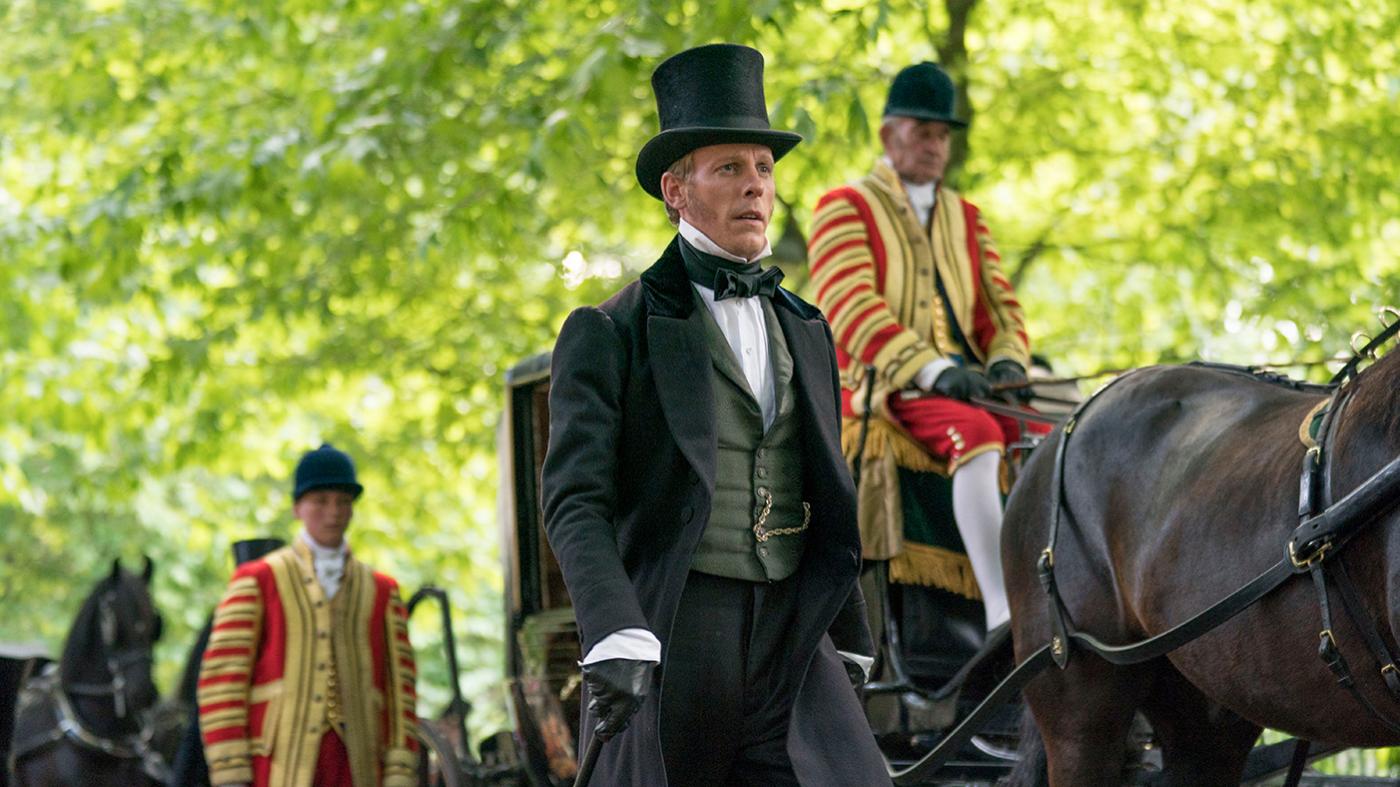 Lord Palmerston was a long-serving, popular, and influential politician. Photo: Aimee Spinks/ITV Plc for MASTERPIECE
Lord Palmerston was a long-serving, popular, and influential politician. Photo: Aimee Spinks/ITV Plc for MASTERPIECE
Victoria’s new political rival and foil, Lord Palmerston, has already been an important part of government for a long time by the time he appears in the show. He became a Member of Parliament in 1807 and in 1848 was serving his third stint as Foreign Secretary. He later served as Prime Minister twice, dying in 1865 while in office.
While conservative in his support of the landed classes and his opposition to enfranchisement of more voters, he was a fundamentally pragmatic politician who did in fact support the liberal 1848 revolutions. (And this support did indeed infuriate Prince Albert.) He sought mainly to preserve the general peace, and sought constitutional monarchies like Britain’s across Europe. Yes, he was quite popular among the people and Prime Minister John Russell did try to dismiss him but failed until 1851, after Palmerston lauded Napoleon III’s coup d’état in France. And yes, Victoria was not a fan. And yes, he was a flirter who was often called “Lord Cupid.”
Osborne House
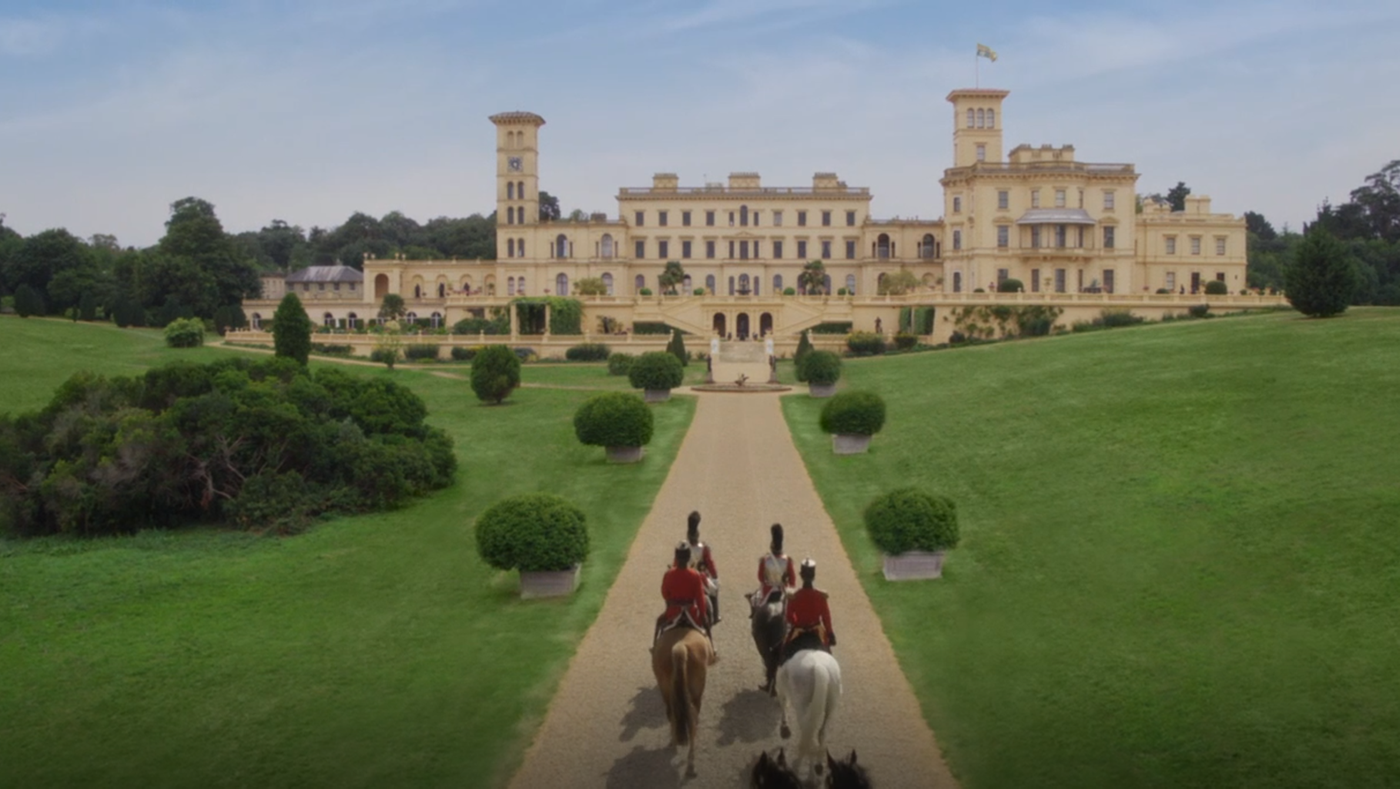 The royal estate on the Isle of Wight, Osborne House, was designed in part by Prince Albert
The royal estate on the Isle of Wight, Osborne House, was designed in part by Prince Albert
Victoria and her household spend episode three on the Isle of Wight at Osborne House, a relatively new royal home designed in part by Albert. Victoria and Albert had leased the home on the recommendation of Sir Robert Peel, then bought it in 1845. Albert commissioned the builder Thomas Cubitt to construct an extension to the existing house, but Cubitt recommended putting up a new building instead. The Prince set to work designing it himself, with Cubitt’s help, and it was completed in 1851. The locale reminded Albert of Naples, with its view of the ocean, so he built Osborne in an Italian style that became enormously influential throughout the English-speaking world, inspiring buildings from the United States to Australia. Queen Victoria frequented the estate for the rest of her life, and died there in 1901.
Lajos Kossuth
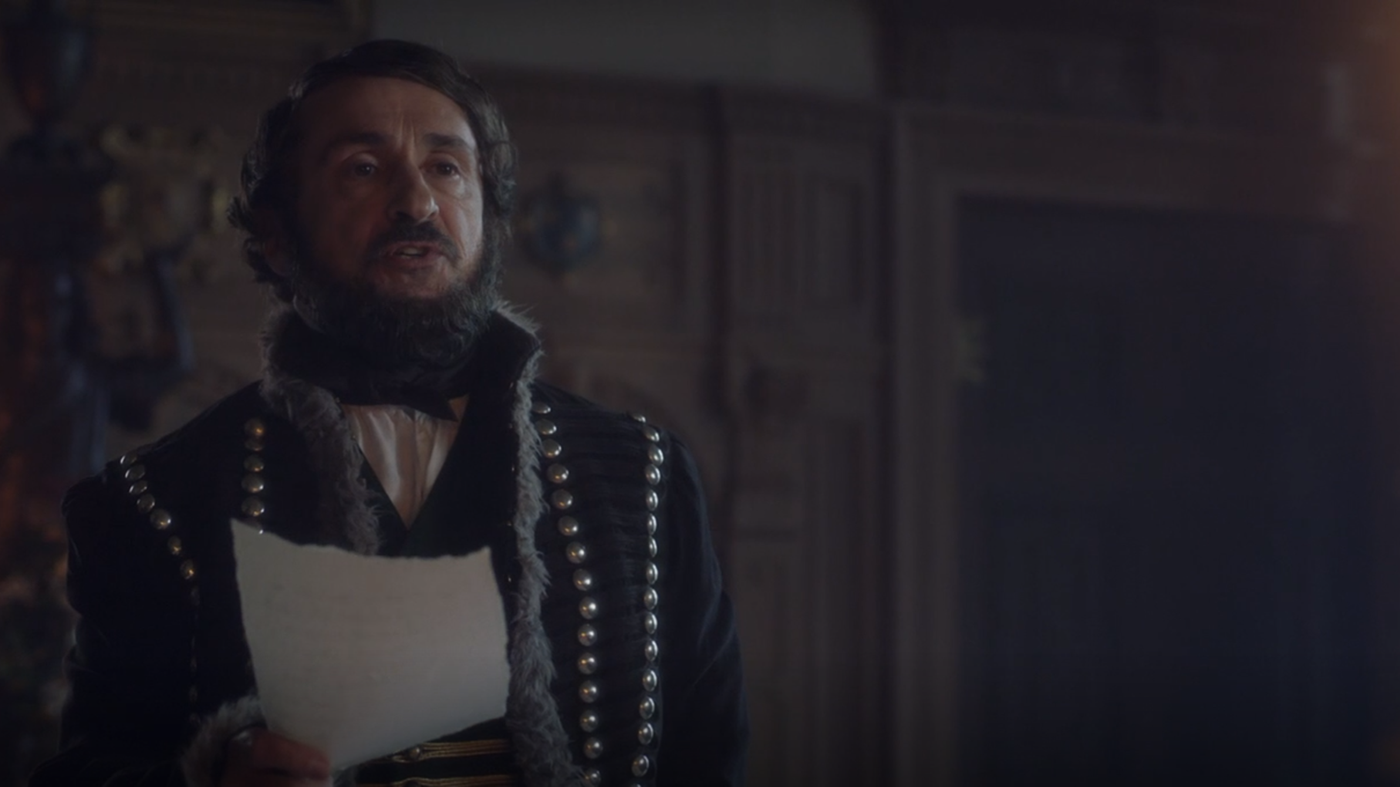 Lajos Kossuth was a noted orator and writer who argued for liberal reforms and freedom from Austria's dominion for his native Hungary
Lajos Kossuth was a noted orator and writer who argued for liberal reforms and freedom from Austria's dominion for his native Hungary
While Victoria is at Osborne, Palmerston invites the revolutionary Hungarian Lajos Kossuth to speak at a dinner, infuriating her. Kossuth made a career of challenging Austrian dominance over Hungary (which was part of the Austrian Empire at the time), and was even jailed for his outspokenness in the late 1830s. In 1847 he was sent to a Hungarian Diet, a sort of political assembly, as the leader of the national opposition. When revolution broke out in Paris in 1848 while the Diet was occurring, Kossuth – who was an eloquent and persuasive writer and speaker – delivered a radical speech denouncing Viennese absolutism over Hungary. That led him to quickly climb the ranks of the Hungarian government, but he was forced to flee to Turkey within a year, when a Croat army, goaded by the Austrians, invaded. The United States then brought him to America to tour and speak in favor of liberalism, and he stopped in England on the way to do the same. While he was favorably received in both countries, he was never given official support, and ended up living his life out in exile from his beloved country, watching it reconcile and bow once again to the domination of Austria.
Jenny Lind
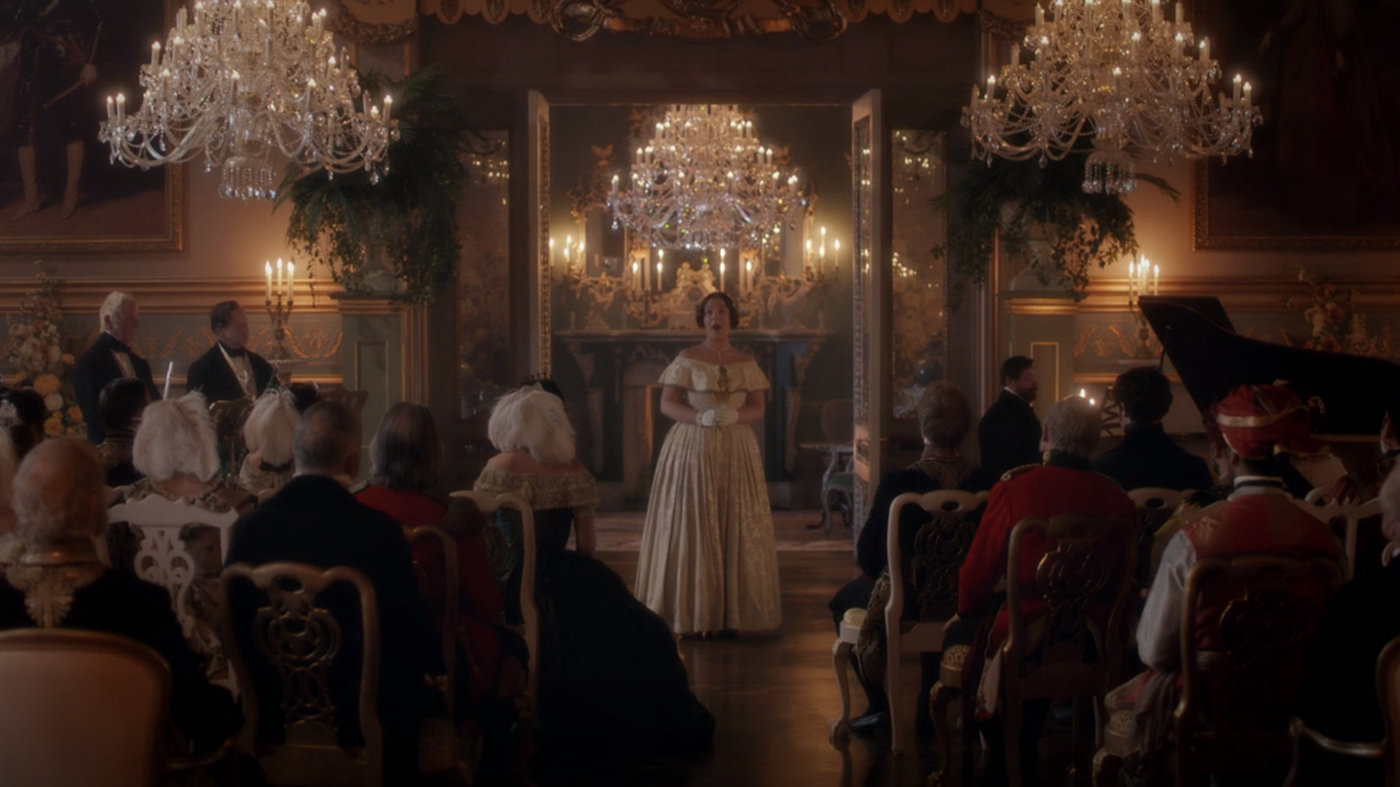 Jenny Lind, the "Swedish Nightingale," was one of the most popular performers of the nineteenth centuries
Jenny Lind, the "Swedish Nightingale," was one of the most popular performers of the nineteenth centuries
In episode four, Victoria and some guests at the palace listen to a recital by Jenny Lind. Known as the “Swedish Nightingale,” Lind was an outstandingly popular opera star, one of the most popular performers of the nineteenth century. An 1850-51 tour of America organized by P. T. Barnum (a plot point in the 2017 musical film The Greatest Showman) netted today’s equivalent of $21 million and spawned a whole memorabilia industry devoted to Lind.
Cholera and Dr. John Snow
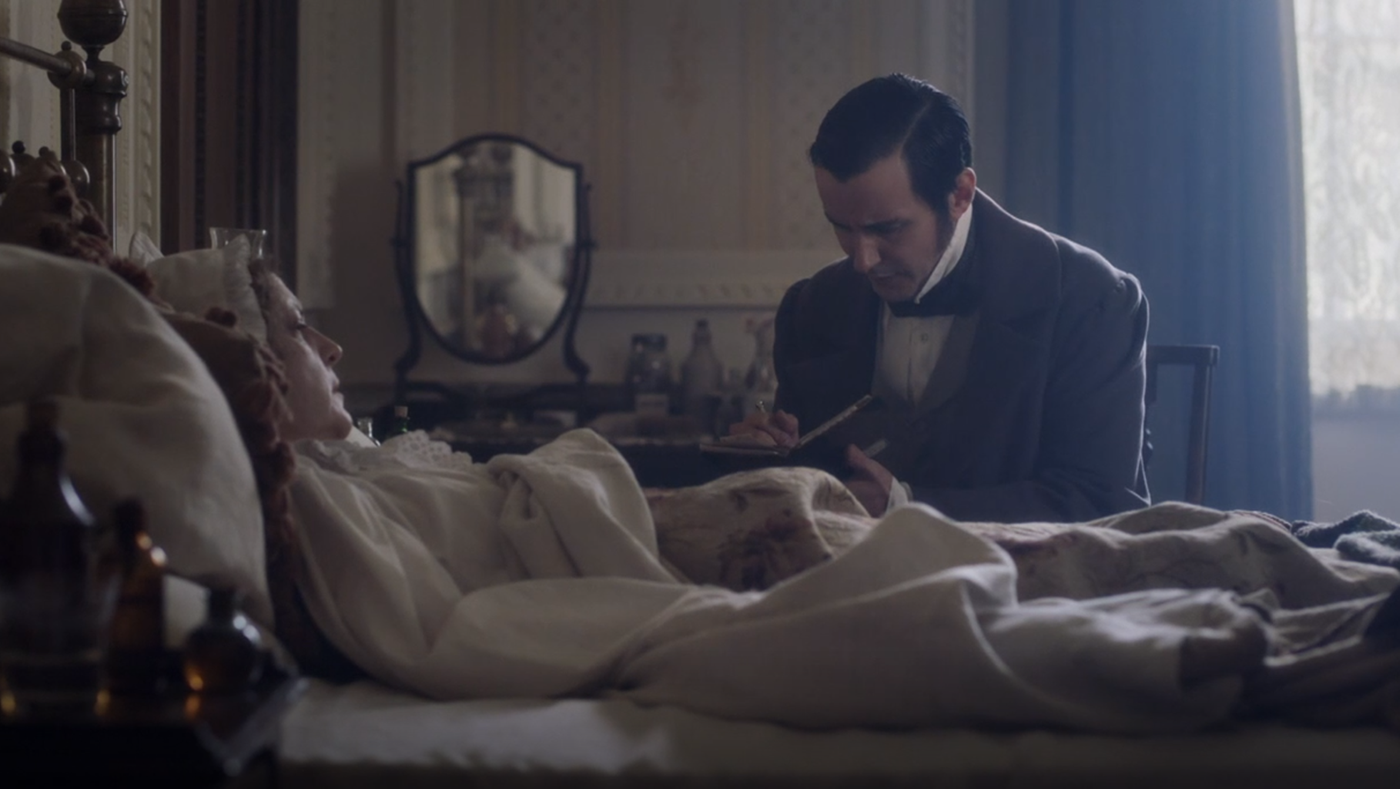 John Snow is considered the father of contemporary epidemiology for his research into cholera in London
John Snow is considered the father of contemporary epidemiology for his research into cholera in London
Episode four focuses on a cholera outbreak in London and features a young doctor devoted to discovering what causes the disease. Today, John Snow is considered the father of contemporary epidemiology for his well-researched investigations into an 1853-1855 cholera outbreak in London. (Even though the Victoria episode takes place in 1848, when there was another cholera outbreak, Snow did his work in the 1850s.) He compared two areas, one with access to relatively clean water and one with sewage-tainted water, to understand how cholera was spread. And he did discover a specific water pump in Soho that was spreading the disease, by meticulously graphing incidents.
Snow was also important in the improvement of anesthesiology, developing a safer method for delivering chloroform and writing a book on anesthetics. In fact, he was on hand to sedate Queen Victoria when she gave birth to her last child, Beatrice, in 1857. (In case you were wondering how many more children Victoria will have, in episode two she gave birth to the sixth of nine.)
Florence Nightingale
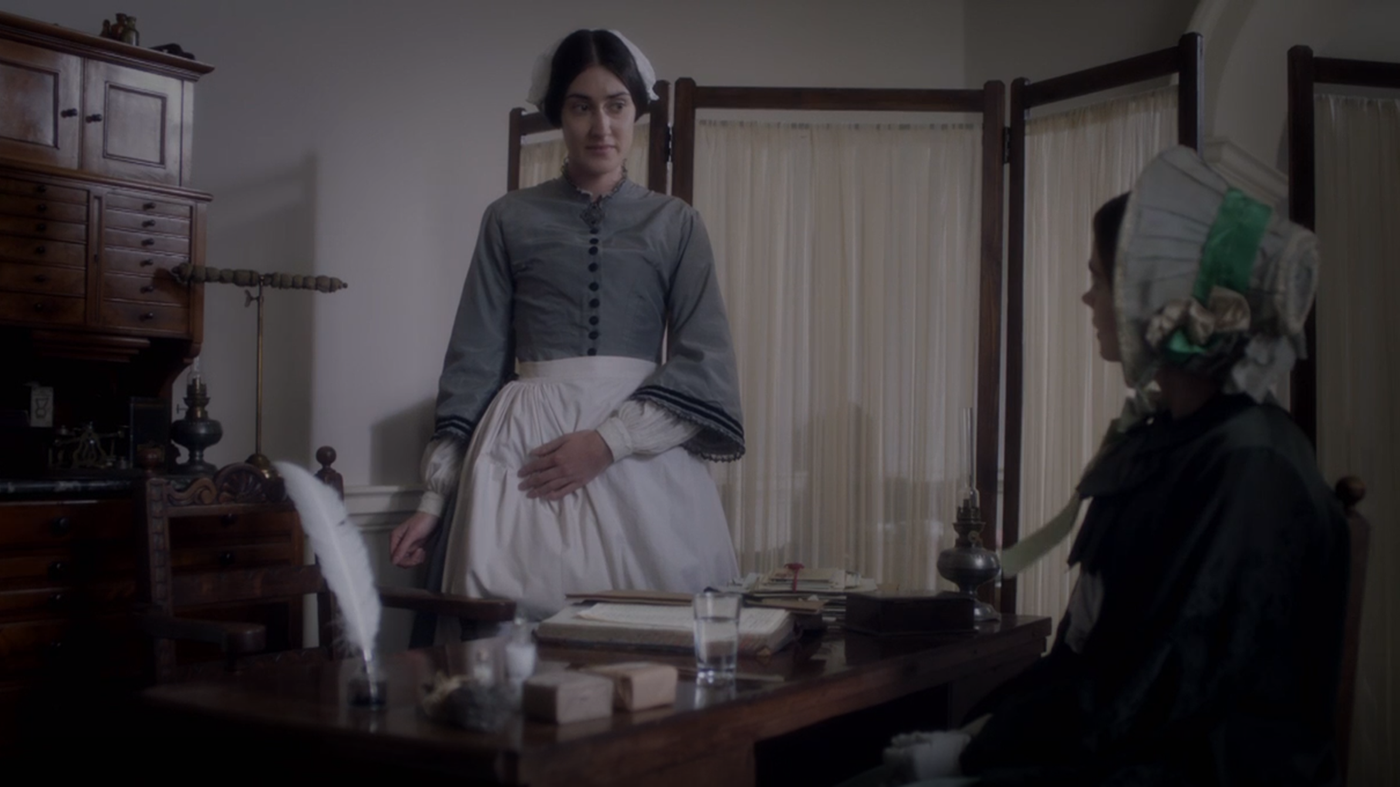 Florence Nightingale laid the foundations for modern nursing and nursing education
Florence Nightingale laid the foundations for modern nursing and nursing education
When Victoria visits a hospital full of cholera patients in episode four, she meets a hardworking nurse, who mentions her name in passing: Florence Nightingale. The famous woman, who eventually laid the foundations for modern nursing and nursing education, was not yet known in 1848 and 1849 – in fact, she wasn’t even a nurse yet. But renown would come in a few years, when she devotedly cared for soldiers in the Crimean War of the early 1850s, earning the sobriquet “Lady with the Lamp.”
Charles Lyell
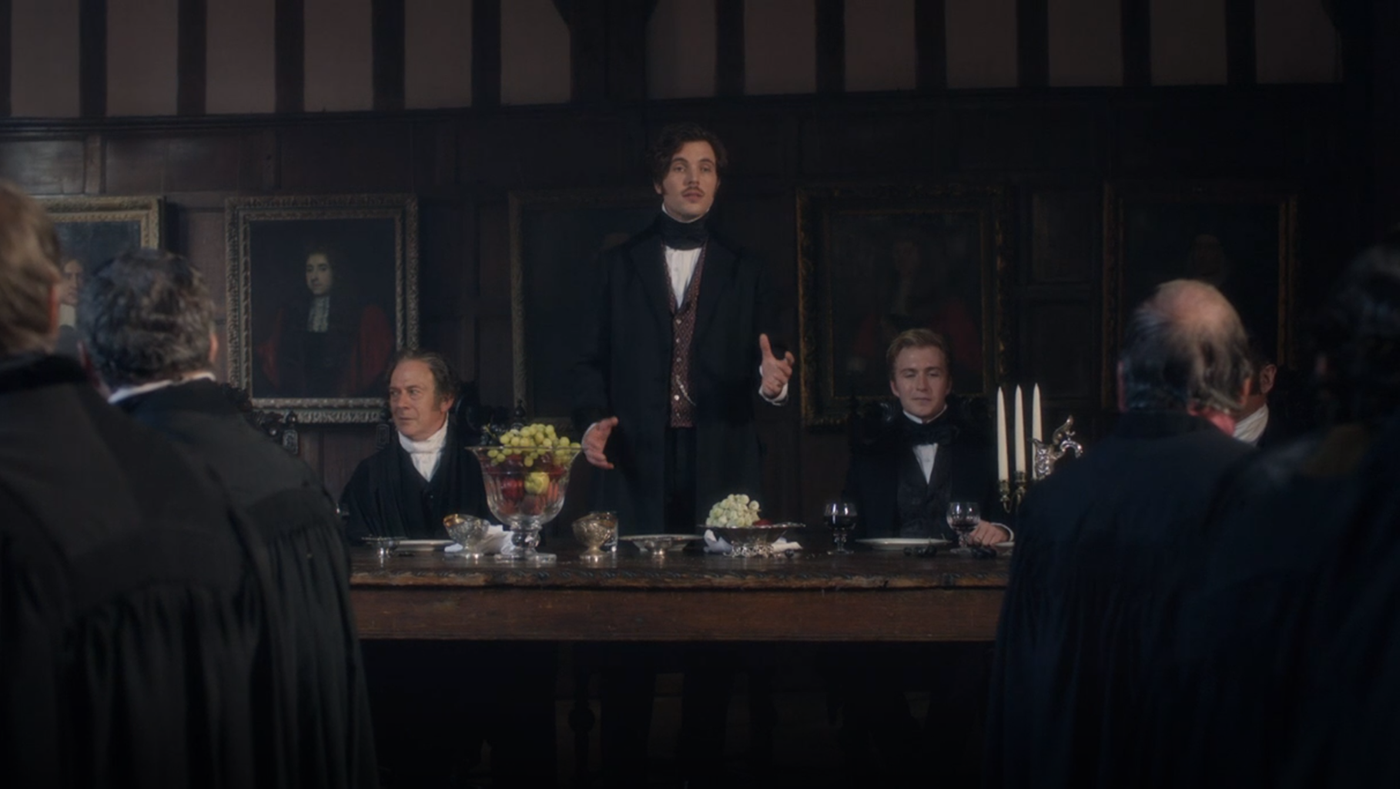 In a rebuttal to Albert at Cambridge, a don brings up the "heretical" Charles Lyell
In a rebuttal to Albert at Cambridge, a don brings up the "heretical" Charles Lyell
As Albert speechifies in favor of science and reason at Cambridge in the fourth episode, a conservative don asks if the Prince believes in “the heretical work of Charles Lyell, who believes that the world was not created in seven days.” Lyell was a geologist who is remembered for developing the idea that the surface of the Earth has been produced by the same physical and chemical processes that are still happening today – and because they happen so slowly, the Earth must be ancient, created over a long period of time. Essentially, he argued that there are natural rather than supernatural explanations for the geology of the Earth. His ideas helped lay the ground for his friend Charles Darwin’s theory of natural selection, while Lyell’s advocacy for Darwin’s theory (after initial resistance) helped win support for it.
Lyell’s ideas were a bit controversial in some quarters, but he also gained widespread acceptance: he was friends with Prime Ministers John Russell and Robert Peel, and was knighted in 1848. The conservative Cambridge don probably references him because of Lyell’s role in reform at Oxford, where he helped reduce clerical control of the colleges.

